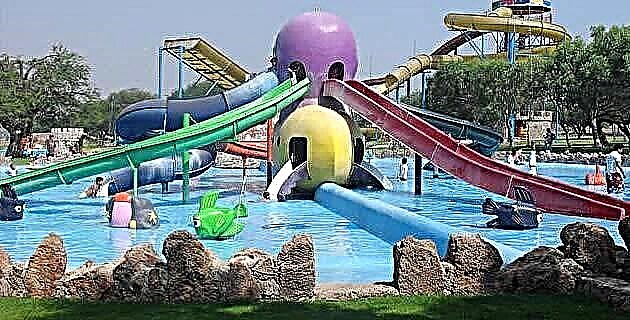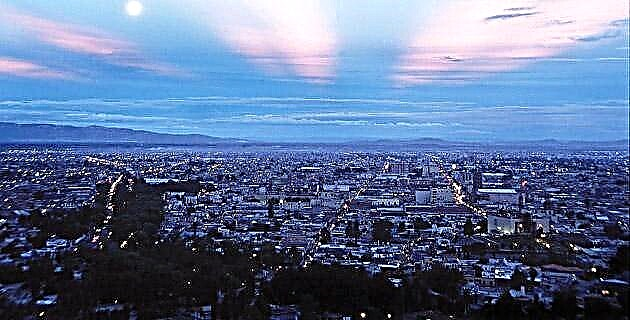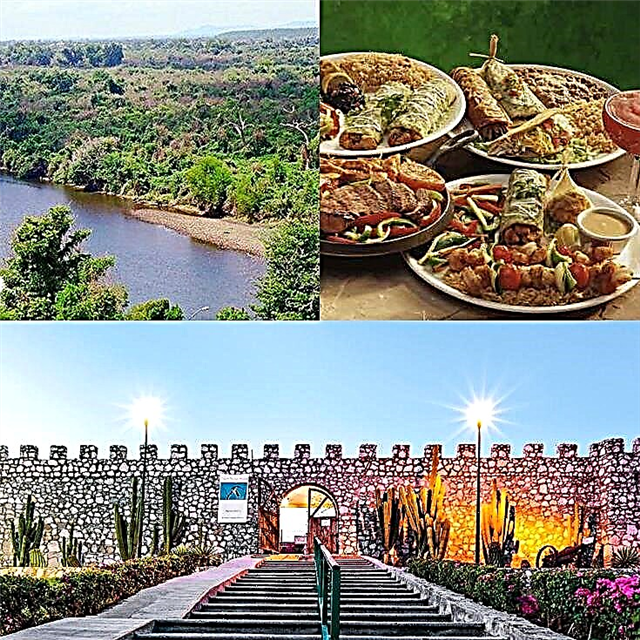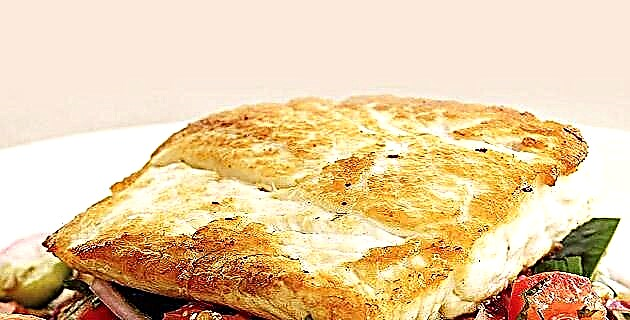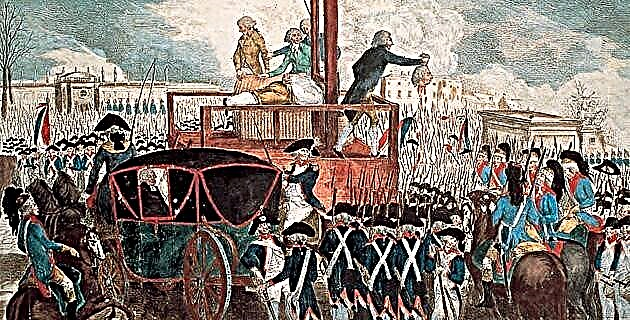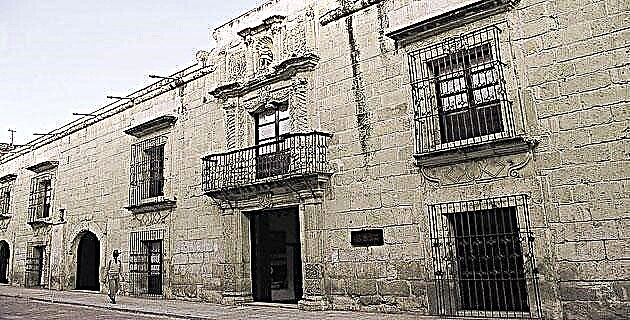
Colonial society in Oaxaca did not differ from that of other regions of the Viceroyalty; However, it did have its own characteristics, due to the ethnic and linguistic diversity that formed it from its origins.
During the 16th century, the old indigenous families maintained a certain economic and social importance; but the Crown little by little, was letting feel its dominance over the different social groups. In the seventeenth and eighteenth centuries, indigenous prestige was only visible in religious ceremonies, which, as now, lasted several days.
Alongside the natives and the Spaniards, groups of mestizos and criollos emerged; and only in some coastal regions people of color settled. However, the Spanish population - peninsular and Creole - was never very large in the state; and it was almost always concentrated in the capital and in large towns such as Tehuantepec or Villa Alta.
The personal service that the natives had to render to the Church, the encomenderos and the Crown was common throughout the 16th century. Later, the hacienda became the producing and exploiting unit that, together with the work of the mines, sustained the colonial economic system. The indigenous people constituted the most important work force in the state, throughout those colonial centuries.
The Oaxacan economy, from its origins, was based on the exploitation of the land: agriculture and mining, mainly. From the first of these activities, it is worth highlighting the cultivation of scarlet, especially in the Mixteca area, as well as that of silk and cotton. The cochineal (cocus cacti) is a hemiptere insect that lives in nopales (dactylinpius cacti), which, when reduced to powder, produces a scarlet dye that is used to dye textiles; This tincture was highly appreciated in the Hispanic dominions.
The exploitation of metals and the cochineal (Nocheztli) led to the development of other economic activities such as agriculture and livestock, but above all they gave rise to an intense local and interregional trade. Products from Oaxaca (salt, textiles, leather, indigo) arrived in Puebla, Mexico, Querétaro and Zacatecas. Naturally, that economy was subject to eventualities and fluctuations, produced by natural disasters - droughts, plagues, earthquakes and floods - and coercive measures imposed by the viceregal and peninsular authorities.
The economy of Oaxaca was complemented by the production of some products for local consumption; for example ceramics, especially in towns in the central valleys (Atzompa, Coyotepec) and wool sarapes in the regions of Tlaxiaco (Mixteca Alta) and Villa Alta; this last office gave name to a town: San Juan de la Lana. Despite the strict commercial control, European, South American and Asian products also arrived in Oaxaca via the ports of Huatulco and Tehuantepec.

